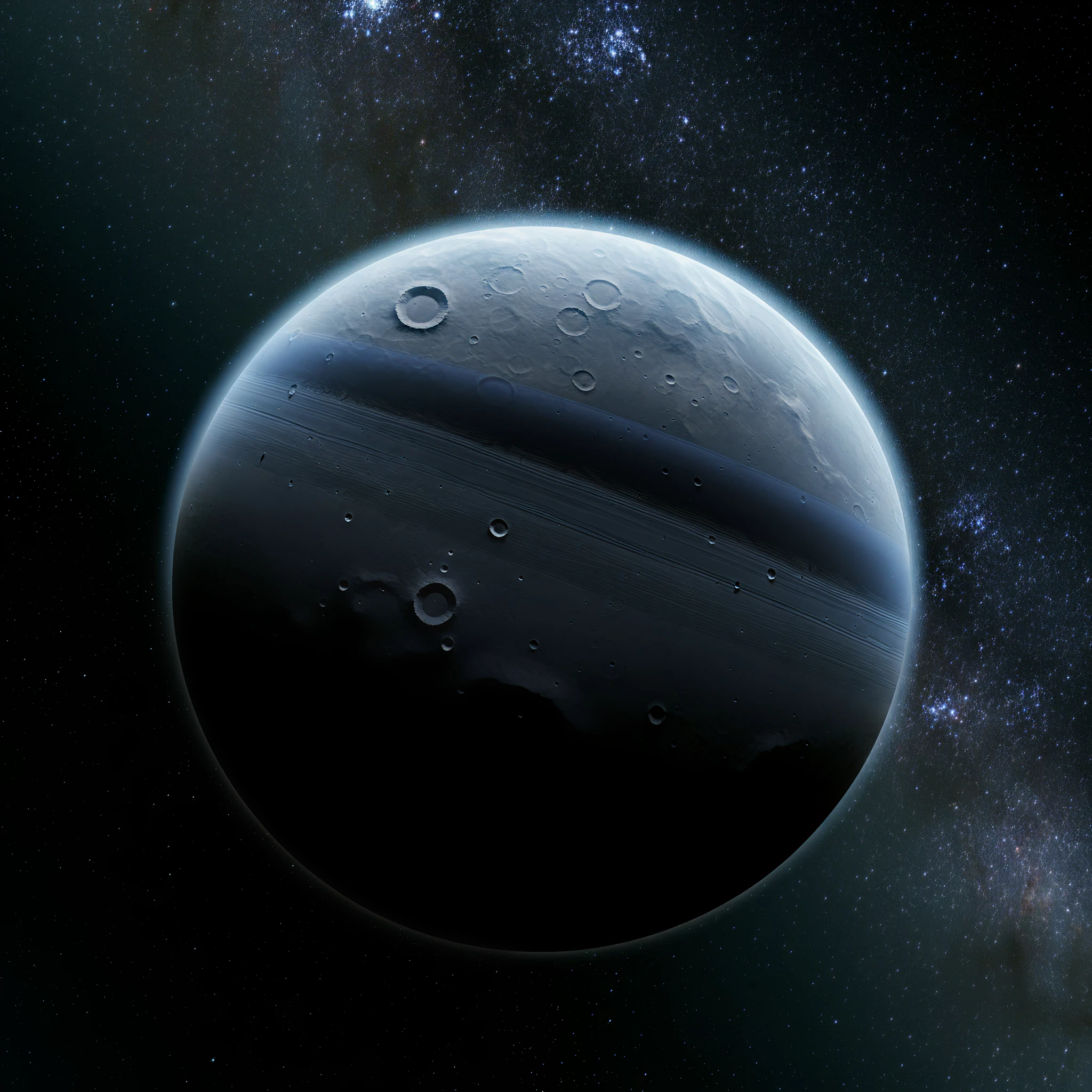When we look up at the night sky, countless celestial bodies sparkle in the vastness of space. Among them is Vesta, a fascinating object that has sparked curiosity and debate among scientists for decades. Is it an asteroid? Is it a planet that never came to be? Vesta defies simple categorization and comes with an intriguing story shaped by collisions, molten transformations, and cosmic mysteries.
What Is Vesta?
Vesta is the second-largest body in the asteroid belt, a region of space between Mars and Jupiter teeming with rocky remnants of our Solar System’s formation. Measuring approximately 525 kilometers (326 miles) in diameter, it’s one of the brightest objects in the night sky and can sometimes be seen from Earth with binoculars.
But what makes Vesta stand out isn’t just its size or brightness; it’s the way it blurs the lines between a planet and an asteroid. While most smaller asteroids are rough, rubble-like formations, Vesta boasts a basaltic crust typically associated with planets. For years, scientists believed Vesta was a protoplanet, a planetary embryo that started the process of developing but never achieved full planetary status.
Why Is Vesta “Not Quite a Planet”?
One of the main characteristics of a planet is differentiation, a process that takes place during the molten, early stages of a celestial body. Differentiation involves layers forming within the body, with denser materials like iron sinking to the core, and lighter silicates forming the crust and mantle. For a long time, scientists believed that Vesta underwent this process and formed an iron-rich core, a mantle, and a crust.
NASA’s Dawn spacecraft, which orbited Vesta from 2011 to 2012, initially seemed to confirm this. However, newer research has shaken this belief. Updated measurements of Vesta’s “moment of inertia” (a property that indicates how an object’s mass is distributed) and improved data calibration have revealed unexpected results. It turns out that Vesta may lack a well-defined, differentiated core, or, if there is one, it’s much smaller than previously believed.
This has led scientists to think that Vesta’s interior is more uniform than earlier models suggested. Instead of being a fully differentiated protoplanet, Vesta could be something else entirely.
Two Fascinating Hypotheses
To explain Vesta’s nature, researchers have proposed two intriguing possibilities:
- An Interrupted Protoplanet
Vesta may have begun the differentiation process, melting and forming layers, but its evolution was interrupted. Before it could fully develop its core, mantle, and crust, late collisions and insufficient heat might have prevented it from reaching completion.
- A Fragment of a Planet
Another possibility is that Vesta is not a stand-alone object but a remnant of a larger planetary body. During the chaotic, collision-filled phase of the Solar System’s formation, a larger planet in the making may have been shattered by a massive impact, ejecting chunks of itself. Vesta could be one of these fragments, preserving an ancient snapshot of planetary differentiation.
How Vesta Challenges Our Understanding
For years, scientists confidently studied meteorites called HED meteorites (howardite, eucrite, and diogenite) and tied them to Vesta. These extraterrestrial rocks seemed to support the idea that Vesta was a differentiated protoplanet. But the new research suggests that these meteorites might not tell the whole story.
If Vesta is not a singular body but part of a larger, shattered planet, it changes how scientists interpret data from these meteorites. Instead of being from a failed protoplanet, HED meteorites could offer rare insights into the pieces of a fully differentiated planet destroyed billions of years ago.
This research also highlights how much we still have to learn about the asteroid belt and its larger bodies. If Vesta has defied expectations, could the other giant asteroid belt objects, like Ceres or Pallas, be hiding surprises, too?
Why Vesta Matters
Understanding Vesta isn’t just about solving a celestial puzzle. This intriguing object holds answers to fundamental questions about how rocky planets like Earth formed. By studying Vesta, scientists can better understand the chaotic processes that shaped our Solar System billions of years ago.
NASA’s Dawn mission has already shown us that Vesta is more than a simple asteroid. It’s a window into an earlier time, one that predates Earth and its fellow planets. Whether it’s a nearly-formed protoplanet or a planetary remnant, Vesta has a unique role in the story of our cosmic neighborhood.
Explore the Wonders of Vesta Further
If you’re passionate about astronomy and love uncovering the mysteries of space, Vesta is a subject you don’t want to miss. It reminds us that the line between planets and asteroids isn’t always clear and that every celestial body has its story waiting to be unraveled.
Stay curious and keep exploring the wonders of our Solar System. Share this article with fellow space enthusiasts and encourage them to gaze up at the night sky. Who knows? The next time you spot Vesta shining brightly, you might see it a little differently.








